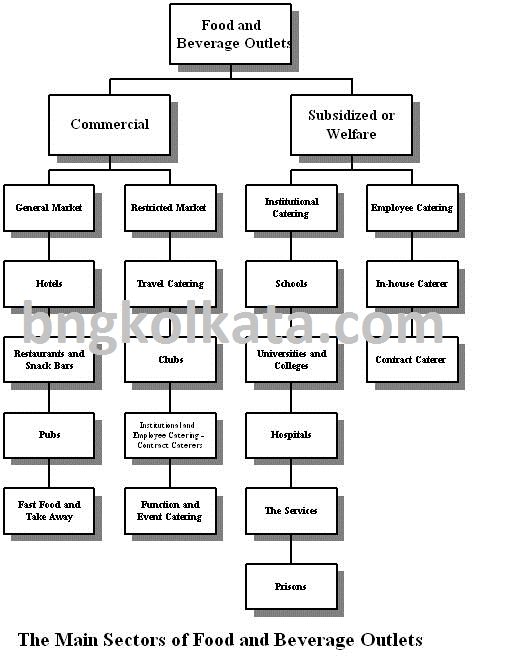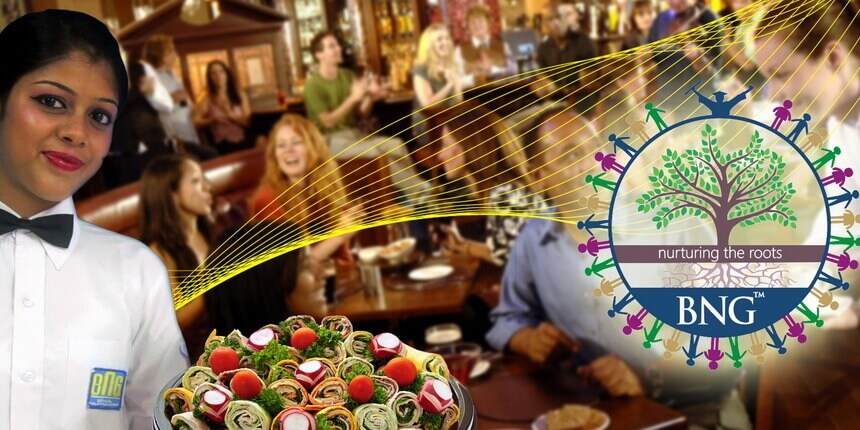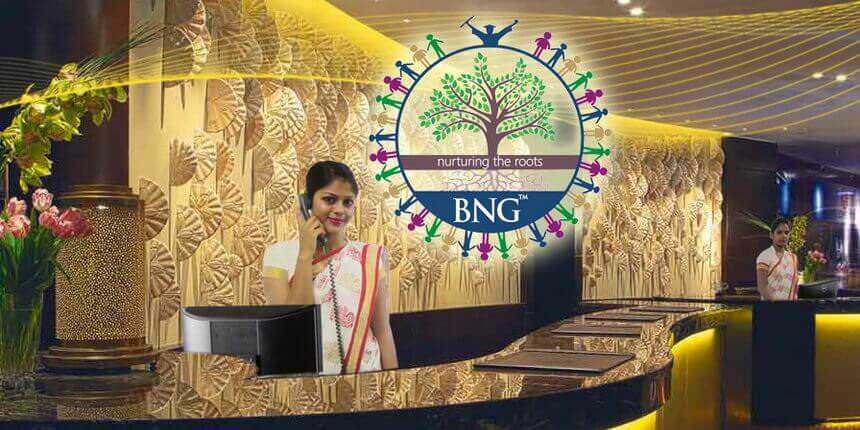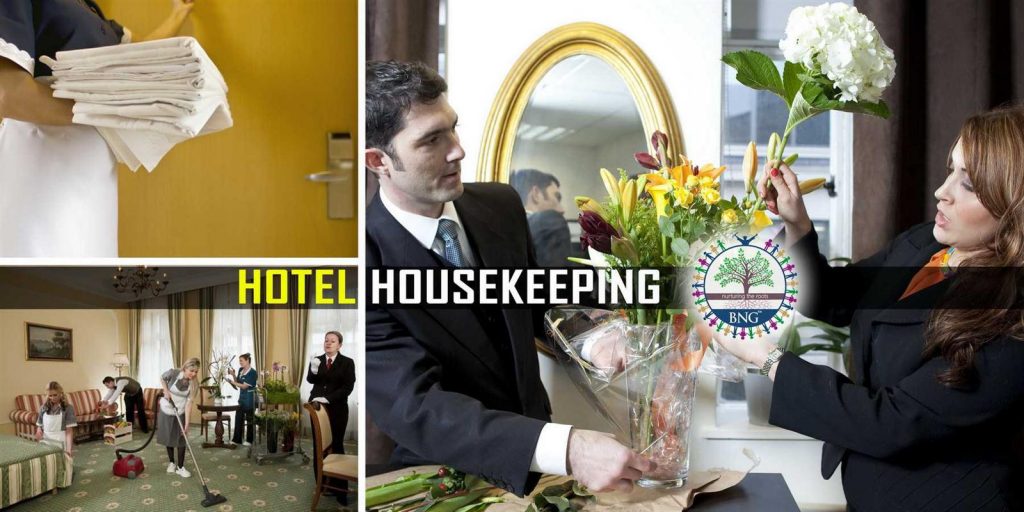Food and Beverage Service Industry
History of Food and Beverage Service Industry or catering Facilities starts with offering hospitality to travellers and guests have been a feature of the earliest civilizations. In Greco-Roman culture hospitals for recuperation and rest were built at thermal baths. During the middle Ages various religious orders at monasteries and abbeys would offer accommodation for travelers beside the road.
The precursor to the modern hotel and Food and Beverage Service Industry was the inn of medieval Europe, possibly dating back to the rule of Ancient Rome. These would provide for the needs of travelers, including food and lodging, stabling and fodder for the traveler’s horse and fresh horses for the mail coach. Famous London examples of inns include the George and the Tabard A typical layout of an inn had an inner court with bedrooms on the two sides, with the kitchen and parlour at the front and the stables at the back side.
For a period of about 200 years from the mid-17th century, coaching inns served as a place for lodging for coach travelers. Coaching inns stabled teams of horses for stagecoaches and mail coaches and replaced tired teams with fresh teams. Traditionally they were seven miles apart but this depended very much on the terrain

Tremont House in Boston, Massachusetts was a luxury hotel, and the first to provide indoor plumbing.
One of the first hotels in a modern sense was opened in Exeter in 1768, although the idea only really caught on in the early 19th century. In 1812 Mivart’s Hotel opened its doors in London, later changing its name to Claridge’s.
Hotels proliferated throughout Western Europe and North America in the 19th century, and luxury hotels, including Tremont House and Astor House in the United States, Savoy Hotel in the United Kingdom and the Ritz chain of hotels in London and Paris, began to spring up in the later part of the century, catering to an extremely wealthy clientele.
In India during the later part of the 18th century and the formation of the East India Company by the British, it was apparent that the catering and Food and Beverage Service Industry was required on a more formal basis. With the advent of the railways in the mid 19th century small hotels and clubs were becoming a part of everyday life for those who could afford to eat out.
Food and Beverage Service IndustrySECTOR |
PURPOSE OF SEC TOR |
HISTORICAL SUMMARY |
| HOTELS
and other tourist accommodation
|
Provision of food and drink together with accommodation | Developed from inns. Supported by developments in transport and increases in business and leisure related tourism |
| RESTAURANTS
including: conventional specialist ‘Carveries’
|
Provision of food and drink generally at high price with high levels of service
|
Grew out of hotel restaurants (Escoffier/Ritz influenced which were originally highly formal) through chefs wishing to start their own business |
| POPULAR CATERING
including: cafes, pizza, ‘Wimpy’, grills, specialist coffee shops, ‘Little Chefs’, steak houses |
Provision of food and drink generally at low/medium price with limited levels of service | Developed from ABC and Lyons concepts. Gone through various phases. Latterly American influenced |
| FAST FOOD
eg: ‘McDonalds’, ‘Burger King’, ‘Wendy’s’ |
Provision of food and drink in highly specialized environment characterized by high investment, high labour costs and vast customer throughput | Grew from combination of popular catering and take-away, heavily influenced by American companies: sophisticated meal packaging and marketing |
| RETAIL STORES
|
Provision of food and drink as adjunct to provision of retailing | Developed from prestigious stores wishing to provide food and drink as part of retailing concept |
| BANQUETING/ CONFERENCES/ EXHIBITIONS | Provision of food and drink as adjunct to provision of retailing | Originally associated with hotels but has now become major sector in its own right |
| LEISURE ATTRACTIONS
eg: theme parks, galleries, theaters, airline terminals
|
Provision of food and drink for people engaged in another leisure pursuit
|
Increases in leisure have made profit from food and drink attractive to leisure and amenity providers |
| BANQUETING/
CONFERENCES/ EXHIBITIONS |
Provision of food and drink on large scale, usually pre-booked
|
Originally associated with hotels but has now become major sector in its own right |
| LEISURE ATTRACTIONS
eg: theme parks, galleries, theatres, airline terminals
|
Provision of food and drink for people engaged in another leisure pursuit
|
Increases in leisure have made profit from food and drink attractive to leisure and amenity providers |
| MOTORWAY SERVICE STATIONS
|
Provision of food together with retail and petrol services for motorway travellers, often in isolated locations
|
Bom in 1960s with advent of motorway building. Influenced by America and became specialized because of government regulations on provision of catering, retail and petrol as well as location |
| WELFARE
including: hospitals, schools, colleges, universities, forces, prisons, other welfare |
Provision of food and drink to people through social need, primarily determined by an authority | Regulated and given
substantial boost by Welfare State creation in 1948 and maintained now through social conscience |
| INDUSTRIAL CATERING
either in-house operations or provided by catering contractor
|
Provision of food and drink to people at work
|
orn out of recognition that better fed workers work better. Given boosts in 1st and 2nd World Wars by legislation. Further developed by unions’ wish to preserve conditions and emergence of professional contractors |
| LICENSED TRADE
including: public houses, wine bars, licensed clubs, members clubs |
Provision of food and drink in environment dominated by licensing requirements | Developed from inns; also origin of steak houses, eg ’Berni’ in 1960s |
| TRANSPORT
including: railways, airline, marine
|
Provision of food and drink to people on the move
|
Grew out of need to meet requirements of travelling public. Originally services were mainly of high levels reflecting the type of traveller. Eventually changed to meet need of wide range of travelling public |
| OUTDOOR CATERING
|
Provision of food and drink away from home base and suppliers | Developed through need to provide services at special
events. The term ODC is misleading as little of this catering actually takes place outside |






